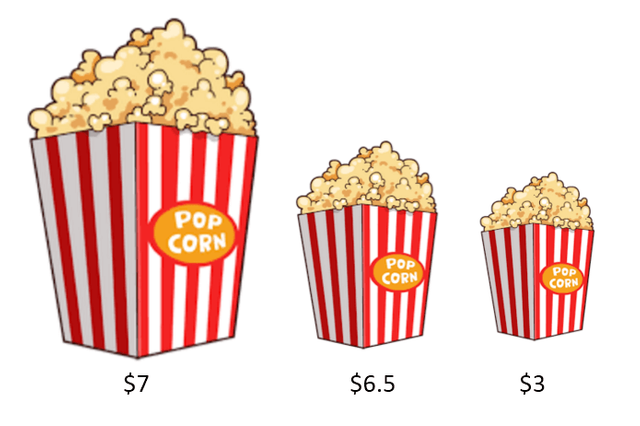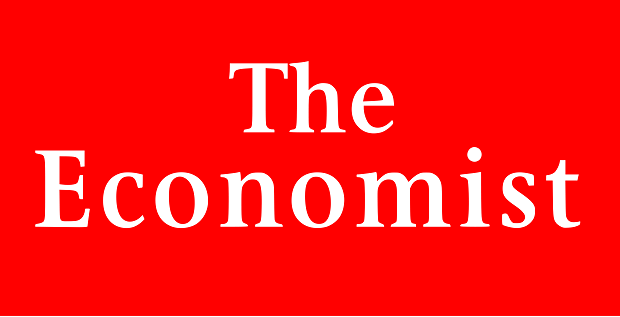Are we in control of our decisions? Psychology in Marketing #4: DECOY EFFECT
In marketing, the decoy effect (or asymmetric dominance effect) is the phenomenon whereby consumers will tend to have a specific change in preference between two options when also presented with a third option that is asymmetrically dominated.

During a purchase experience, the customer usually compares products with different prices and features. If a company intends to maximize the sales of a particular product, it often opts for this pricing method, which influences the customer's final choice. The "bait" is a product with a slightly lower price, but of much lesser quality, or, conversely, a product with a much higher price but slightly higher quality.
The decoy effect leverages on two sub-effects: the compromise effect and the attraction effect.
Compromise Effect
The compromised effect occurs when consumers prefer an "average" product, in line with the theory of "extremeness aversion": if a consumer has to choose between three different products, it is not obvious that he'd opt for the cheapest one, since he supposes it is qualitatively inferior to the other two. Probably would also discard the most expensive one, as he will feel that the product has non-essential features. He would then choose the middle product, which will probably have an acceptable level of quality but not unnecessary functionality. In such a situation, a relevant pricing strategy will have to introduce a high-end product at a very high price (with high profit margins) in order to make other expensive products appear more cost-effective or to introduce cheap bandwidth products, in order to make the other appear more eye-catching.
Let's see an example of what happens when leveraging on the decoy effect:

In the table above, if we consider the net margin per 100 units sold, we see how profits are $ 1875 if we apply the decoy effect. Conversely, if we do not use this strategy (Without the decoy pricing), profits go down to $ 900. Therefore, decoy effect allows us to increase profits considerably, even though the "baity" product sales are low.
Apple also applies this strategy:

Apple exploits the compromised effect in two ways: the Apple Watch luxury model was introduced on the market at a very high price ($12.000) to maximize standard Apple Watch sales, seen by consumers as a compromise between the most expensive edition and the cheaper Sport version. Apple also exploits the compromised effect with iPhones: for example, in the case of the iPhone 5c, the 8GB model was a product-bait for the most sophisticated and more expensive 16 or 32 GB models.
Attraction Effect
To illustrate the attraction effect, we take as an example the famous "The Economist" newspaper, which has developed a bait-pricing strategy for its digital and paper editions. The paper edition costs $ 150 a year, the digital edition costs $ 50, while the package, that contains both paper and digital edition cost $ 150 (bundle pricing) , just like the paper edition alone.

The paper edition sold alone, without the digital version, can be considered as a bait-product to entice customers to buy the package. If the package option was unavailable, we could reasonably believe that 80% of readers would book for the digital version, while only 20% would choose the paper version. Now, with the introduction of the package, 50% of readers prefer the package option, while the other 50% opt for the digital version. This means that the paper version is chosen from 0% of the readers. 0%, in this case, is not an anomaly: bait-pricing aimed to maximize sales of the package, which makes the digital version appear as a "free" copy to the paper version and, you know, free stuff is always appreciated!
So what do you guys think? Are we in control of our decisions?
I really enjoyed writing this article and it would mean a lot to me if you appreciated reading it.
If so, please consider upvoting or resteeming this post 👍 👍
If you liked this article, perhaps you might also like the previous "episodes" of this series:
Article #1 about Reciprocity
Article #2 on Social Proof
Article #3 about The Power Of Color
very good example of good post in steemit, this is how we have to post ! I hope other people will take example from this !
Great Post! I am a little late in the game to upvote it, but I will definitely follow you and look for more recent posts. Thanks for sharing.
No worries Joel, glad you liked it tho!